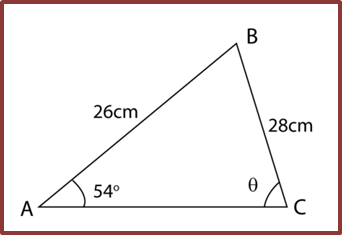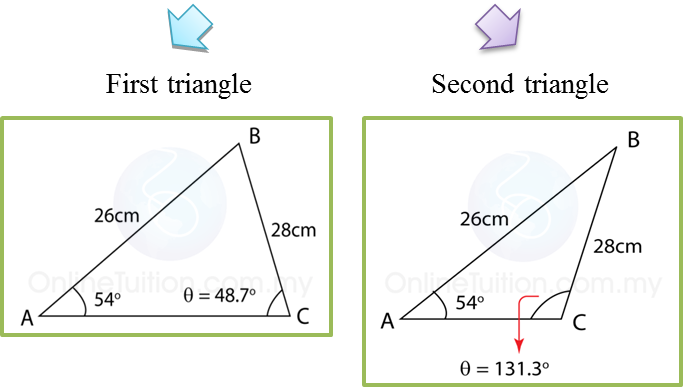Question 5:
Given that f (x) = 3x2(4x2 – 1)7, find f’(x).
Solution:
f (x) = 3x2(4x2 – 1)7
f’(x) = 3x2. 7(4x2 – 1)6. 8x + (4x2 – 1)7. 6x
f’(x) = 168x3 (4x2 – 1)6 + 6x (4x2 – 1)7
f’(x) = 6x (4x2 – 1)6 [28x2+ (4x2 – 1)]
f’(x) = 6x (4x2 – 1)6 (32x2 – 1)
Question 6:
Given that y = (1 + 4x)3(3x2 – 1)4, find
.
Solution:
y = (1 + 4x)3(3x2 – 1)4
= (1 + 4x)3. 4(3x2 – 1)3.6x + (3x2 – 1)4. 3(1 + 4x)2.4
= 24x (1 + 4x)3(3x2 – 1)3 + 12 (3x2 – 1)4(1 + 4x)2
= 12 (1 + 4x)2(3x2 – 1)3 [2x (1 + 4x) + (3x2 – 1)]
= 12 (1 + 4x)2(3x2 – 1)3 [2x + 8x2 + 3x2 – 1]
= 12 (1 + 4x)2(3x2 – 1)3 [11x2 + 2x – 1]
Question 7:
.
Solution:











